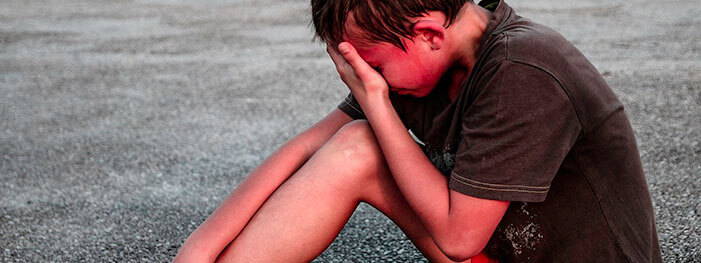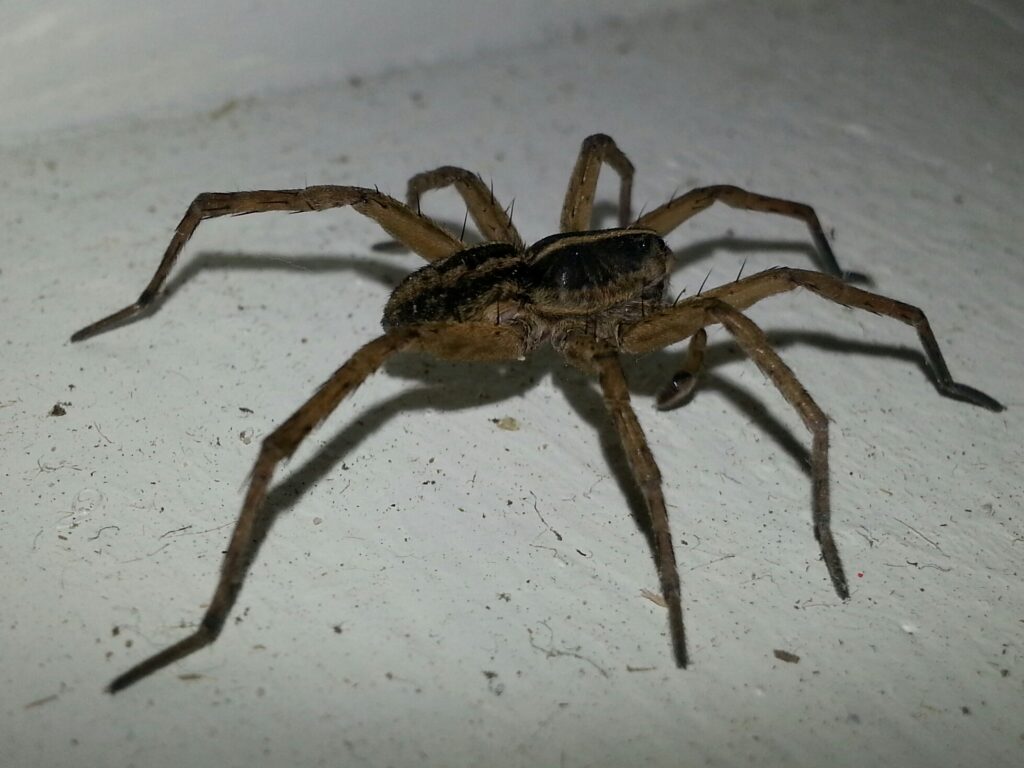 Bees are vital to the ecosystem and are one of the most important insects in the world. However, they are pests when it comes to certain situations that involve them making nests near or in people’s homes, backyards and properties. They are defensive and can become aggressive, which can result in being stung, especially in the summer when they are most active. That is why it is important to keep informed on what to do if you or someone close to you gets stung. Everyone reacts differently to bee stings and some people might even have an allergic reaction. A professional bee control service is the safest way to remove bees from your home or property. Continue reading to learn more.
Bees are vital to the ecosystem and are one of the most important insects in the world. However, they are pests when it comes to certain situations that involve them making nests near or in people’s homes, backyards and properties. They are defensive and can become aggressive, which can result in being stung, especially in the summer when they are most active. That is why it is important to keep informed on what to do if you or someone close to you gets stung. Everyone reacts differently to bee stings and some people might even have an allergic reaction. A professional bee control service is the safest way to remove bees from your home or property. Continue reading to learn more.
 Bees are vital to the ecosystem and are one of the most important insects in the world. However, they are pests when it comes to certain situations that involve them making nests near or in people’s homes, backyards and properties. They are defensive and can become aggressive, which can result in being stung, especially in the summer when they are most active. That is why it is important to keep informed on what to do if you or someone close to you gets stung. Everyone reacts differently to bee stings and some people might even have an allergic reaction. A professional bee control service is the safest way to remove bees from your home or property. Continue reading to learn more.
Bees are vital to the ecosystem and are one of the most important insects in the world. However, they are pests when it comes to certain situations that involve them making nests near or in people’s homes, backyards and properties. They are defensive and can become aggressive, which can result in being stung, especially in the summer when they are most active. That is why it is important to keep informed on what to do if you or someone close to you gets stung. Everyone reacts differently to bee stings and some people might even have an allergic reaction. A professional bee control service is the safest way to remove bees from your home or property. Continue reading to learn more.

